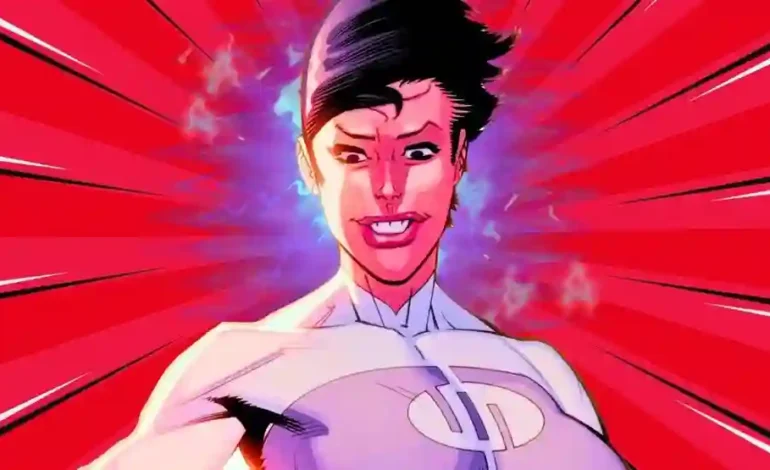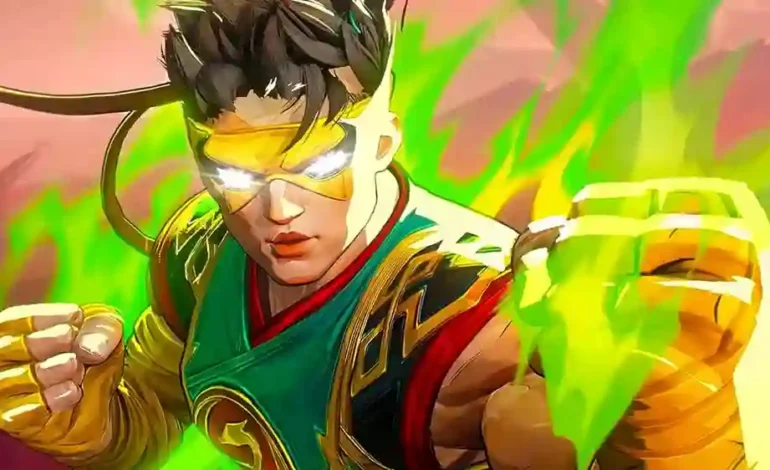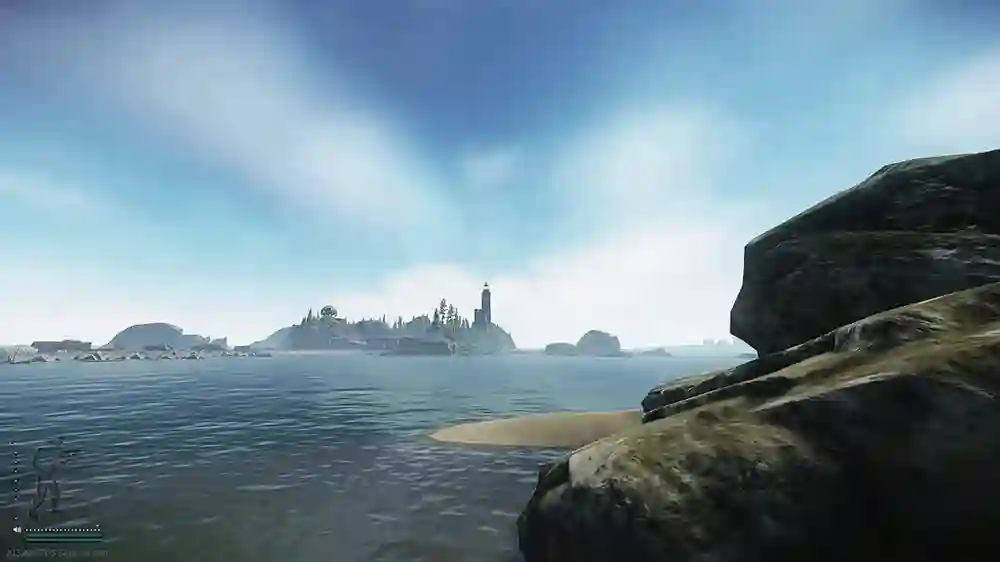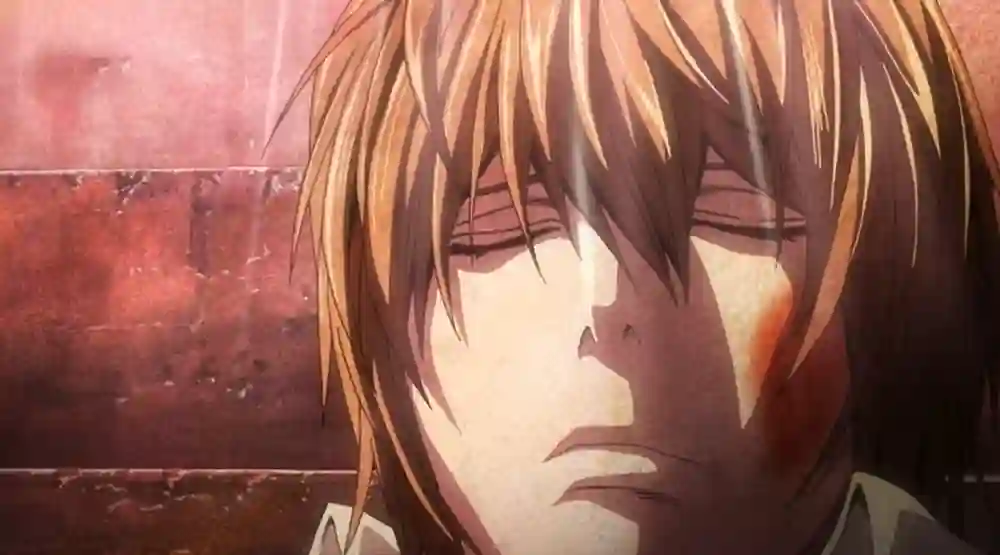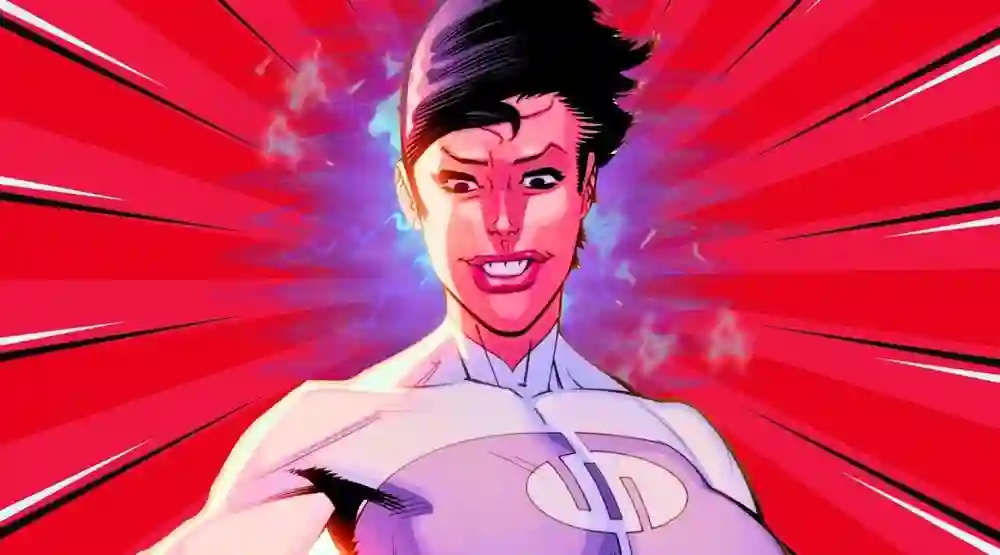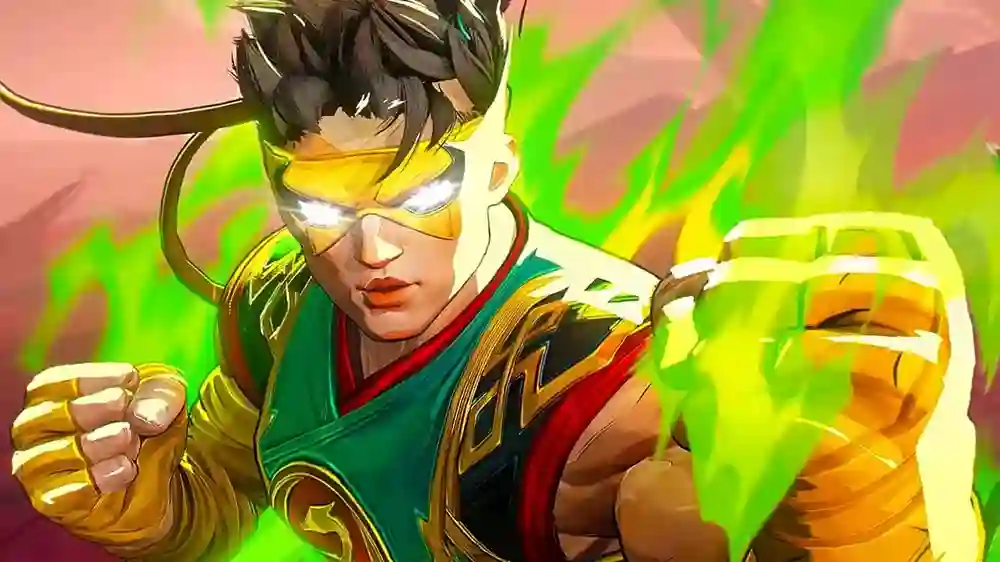Irena Aizen – The Mysterious Irena Aizen and Her Impact on Story
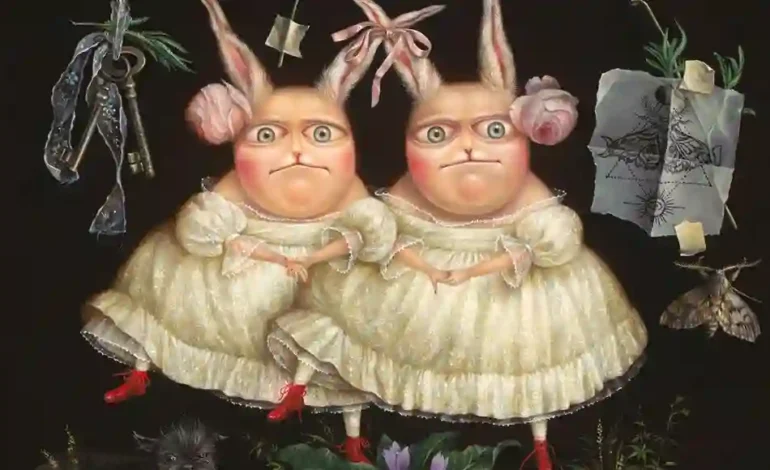
Okay, let’s talk about Irena Aizen—and no, I’m not talking about a fictional character from some obscure graphic novel. I mean, the real deal: the artist, the enigma, the one who doesn’t just paint pretty pictures but literally weaves entire worlds from canvas. Her work? Surreal. Mysterious. A bit like the foggy mornings you stumble out of bed to but wish you could be lost in forever.
So, let’s take a dive into the mystery of Irena Aizen and explore the weird and wonderful ways she’s changed art.
Who Is Irena Aizen?
Let me paint you a picture (pun intended). Irena Aizen didn’t just pop up out of nowhere—her roots are in Russia, and she grew up surrounded by folklore, old-world tales, and landscapes that look like they came straight out of a dream. Fast forward a few years, and you get the Irena Aizen we know today: an international artist whose work spans continents and whose surrealism doesn’t just make you think—it haunts you.
- Born in Russia. Moved to Israel. Yup, typical artist trajectory, right?
- Studied classical painting (because, why not?)
- Took her show to Europe, the U.S., Asia… basically everywhere. Talk about global reach.
So how did she go from student to international sensation? Well, you’re gonna have to stick around for the rest of this tale. Spoiler: it’s not just about pretty pictures.
The Unique Style of Irena Aizen
When you see a piece by Irena Aizen, there’s no mistaking it. You can almost smell the atmosphere—like old books and fresh air. Or, okay, maybe that’s just me. But you get the idea. Her work is this weird blend of melancholic nostalgia with a side of whimsy. Don’t believe me? Here’s the breakdown.
- Animal-human hybrids (Yeah, we’re talking about surreal stuff like cats wearing Victorian collars. Cute, right?)
- Color palettes that could make an art major weep: muted pastels and soft hues
- Emotion on canvas—like, how can a painting give you chills? I’m still trying to figure that out.
The funny thing? You can’t really pin down Irena Aizen’s work. It’s not just about how it looks—it’s about how it feels. When I first saw one of her paintings, I swear I could almost hear the character inside it breathing.
Irena Aizen’s Impact on Modern Surrealism
I get it. Surrealism. It sounds fancy and deep, right? You’re probably imagining Salvador Dali’s melting clocks and wondering if I’m about to talk about all those trippy dream sequences in movies. But here’s the kicker: Irena Aizen isn’t just blending in with the rest of the surrealist crowd. She’s carving out her own weird little corner in the world of art.
Fast forward past three failed attempts at explaining her art to my non-artist friend… and here’s what I can tell you: Irena Aizen has redefined what surrealism can feel like. It’s emotional. It’s personal. It’s real. And that’s not something you can just slap a fancy name on.
Here’s Why She’s Changing the Game:
- Emotional connection: Not all art makes you feel something deep down—her’s does.
- Cultural mashups: Russian folk tales with a dash of Western whimsy. It’s like if your grandma told you bedtime stories and they got weirder as you grew up.
- Storytelling through stillness: Some artists scream for attention. Irena Aizen doesn’t shout. She whispers—and you listen.
And the best part? She does it all with zero need for words. Her art tells stories without ever saying a single thing. I mean, who knew silence could be so powerful?
Symbolism in the Works of Irena Aizen
Here’s where it gets weird (and I mean that in the best way). Every little thing in Irena Aizen’s paintings has meaning. And I’m not talking about some vague “well, it could mean this” kind of thing. Nah, her symbolism is concrete—often more direct than you’d expect.
What’s She Trying to Tell Us?
- Animals: Think innocence, wisdom, vulnerability. She mixes them with humans in the most hauntingly beautiful way.
- Clothing: It’s more than just fabric—it’s about status, era, even emotional armor. That cloak your character wears? It’s speaking volumes.
- Eyes: You ever stared into a painting and felt like it was staring back at you? That’s her thing. The eyes? Always expressive, always searching.
So, what does it all mean? I’m not sure. But if I were to guess—everything’s trying to tell you a secret. You’ve just gotta decode it.
Irena Aizen and the Connection to Childhood
Childhood: it’s that weird mix of wonder and weirdness that I don’t think anyone ever fully escapes. Irena Aizen seems to get that. A lot of her work revolves around the innocence (and confusion) of growing up.
I mean, remember being a kid? You’re staring at clouds and suddenly they’re dragons. Your socks? Maybe they were sentient. No? Just me?
Anyway, Irena Aizen taps into that. Her characters are often children caught between fantasy and reality—lost in thought, lost in time, but always navigating this strange world with a sense of wonder and trepidation. I think I need to grab a tissue now, because it’s really hitting me in the feels.
Exhibitions and Global Recognition
Let’s talk about how Irena Aizen went from “local artist” to “international sensation.” Honestly, it’s not just about the art—it’s about how she shares it with the world.
Her art’s been displayed in New York, Paris, Tokyo… basically everywhere except my mom’s living room (but I’m still working on that). Her exhibitions aren’t just about showcasing her work—they’re about creating an experience. I’ve heard people talk about walking into one of her shows and feeling like they were stepping into another world. I can only imagine what that must be like.
The Digital Era and Irena Aizen’s Online Presence
Let’s be real. If you’re an artist and you’re not on the internet, you might as well be living in the 1800s. But Irena Aizen? She gets it. She’s all over social media, online galleries, and has her work featured in some of the best art blogs out there.
Her Instagram? Let’s just say it’s a visual diary of surrealism at its finest.
The Emotional Language of Irena Aizen
If there’s one thing I can say about Irena Aizen, it’s that she speaks through her art. You ever look at a painting and feel like it’s calling to you? Yeah, that’s her thing. It’s like the art has a heartbeat—and when you stare at it long enough, you’re hearing the rhythm.
Here’s what I mean:
- Loneliness: I know, that’s a heavy one. But if you’ve ever felt it, Irena Aizen knows how to paint it.
- Wonder: That moment you see something magical for the first time? She gets it.
- Mourning and Memory: That one memory you can’t shake? It’s in every piece.
- Quiet Joy: Not the loud, boisterous kind. The kind that sneaks up on you at 3 am while you’re thinking about that weird dream.
I mean, come on. She’s got this figured out.
Irena Aizen’s Influence on Other Artists
Okay, so you know how you hear a song and suddenly you’re like, “I could totally do that”? Well, Irena Aizen has that effect on other artists. She’s showing them that it’s okay to feel through their work, to connect with their audience in a way that’s not just pretty—but personal.
Final Thoughts: The Legacy of Irena Aizen
If you’re still here, then you’re probably starting to get it. Irena Aizen isn’t just an artist. She’s a world-builder, a storyteller. Her art isn’t just seen—it’s felt. It sticks with you, kind of like how you can never shake that one song from high school.
Her legacy? It’s gonna last. And who knows, maybe someday we’ll all be walking through museums where her paintings have their own wings. Until then, I’m just over here hoping she remembers to add me to the guest list for her next exhibition.
